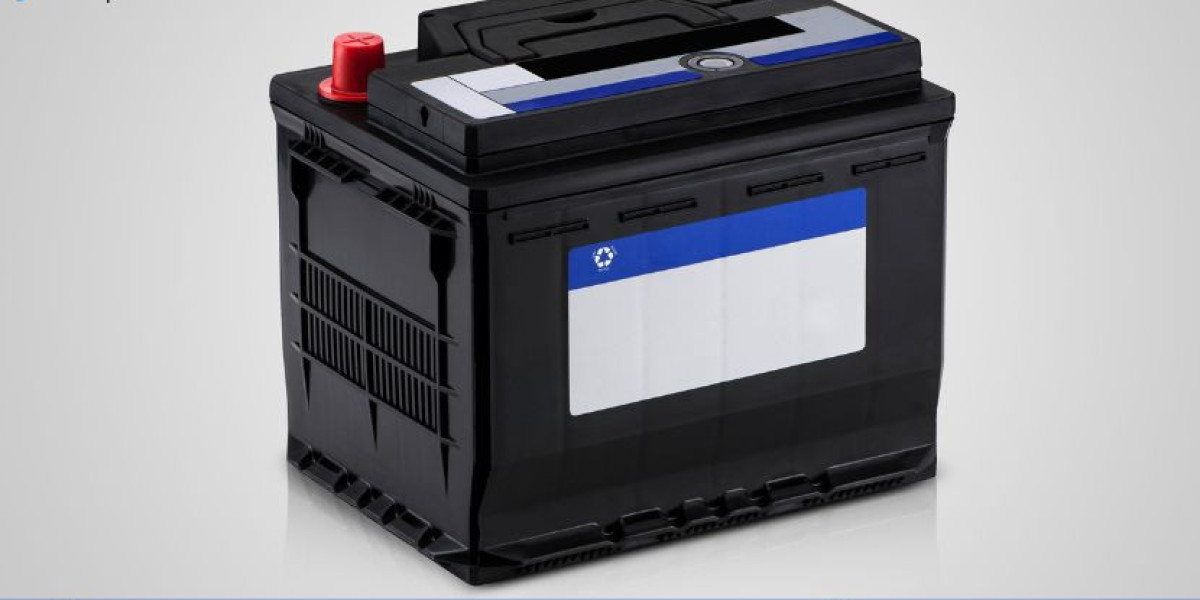India’s first step toward building a world-class digital payment ecosystem was earmarked by the launch of the Unified Payment Interface, or UPI, in 2016. Its advent transformed the dynamics of the Indian payments landscape. While demonetisation drove the adoption of digital payments, the pandemic fuelled the surge in UPI, making it the country’s most accepted digital payment mode.
What is UPI?
The UPI app is the brainchild of the National Payments Corporation of India. It is regulated by the RBI and supported by the Indian Banks Association. It is a mobile payment system that instantly lets users transfer money to another party. It facilitates interbank peer-to-peer and person-to-merchant transactions.
You can link multiple Bank Accounts to UPI-enabled mobile applications and transfer funds without entering the bank details, such as account numbers, IFSC codes, or Net Banking usernames and passwords.
How does it work?
Although UPI transactions are akin to NEFT/RTGS/IMPS, they are more standardised across banks, are convenient, hassle-free, and have minimal charges. UPI not only enables quick bank transfers from wherever within a few clicks, but it also boosts transparency and interoperability. They use an identifier to send or request money faster than NEFT and work 24/7. You can also pay contactless by generating a specific QR code for each account. Here is how it works:
- Users download a UPI payment app from the Play Store or App Store
- They specify the mobile number to connect the device to the service provider
- Upon authorisation, they create a profile by setting up the Virtual Payment Address or UPI ID
- They link the Bank Account with the UPI ID on the registered mobile number
- When you enter the recipient’s details, these apps look up another merchant through their mobile number, UPI ID, or QR code to initiate a transaction
- The payer enters the UPI PIN to complete the transaction and transfer money to the payee’s account
How is India using UPI?
With over 200 million users and approximately 323 banks on the bandwagon, UPI exhibited enormous growth in terms of the number of users and transactions. Connectivity and convenience are the prime factors contributing to the growing preference for UPI among customers and merchants. You can also use it for bill pay, transferring funds, and paying for other items at the local stores using your smartphone.
Customers can perform UPI-based transactions 24x7. They can make payments or transfer funds instantly from anywhere without worrying about banking hours, holidays, or even strikes. The funds are instantly transferred to the beneficiary without their account numbers, IFSC codes, and other information entered the UPI app.
Conclusion
UPI is the cornerstone of India’s economic transformation and revolution. It aids the country in moving into the future with a paperless economy, thereby curbing money laundering and tax evasion. The interface has tremendous potential to empower the development of next-generation digital platforms for fund lending and payments.







